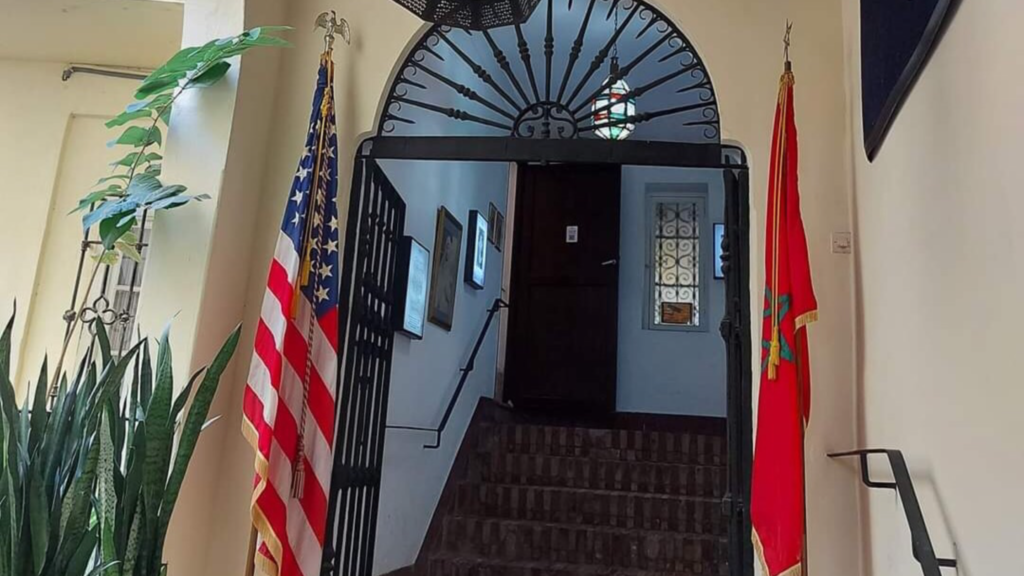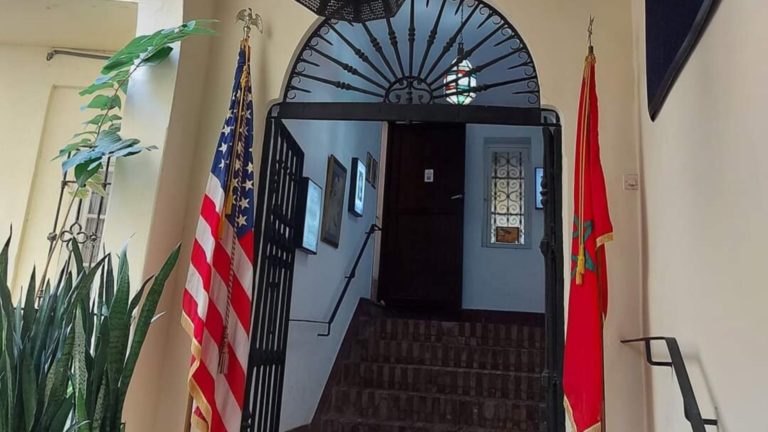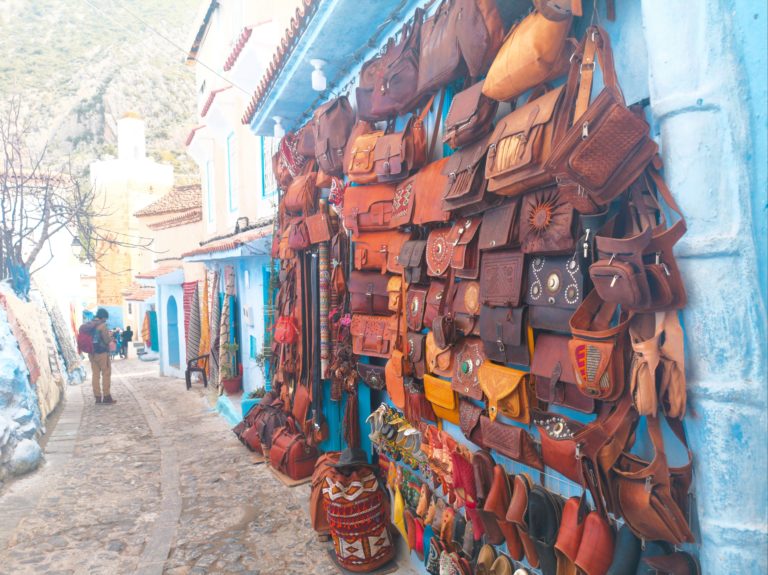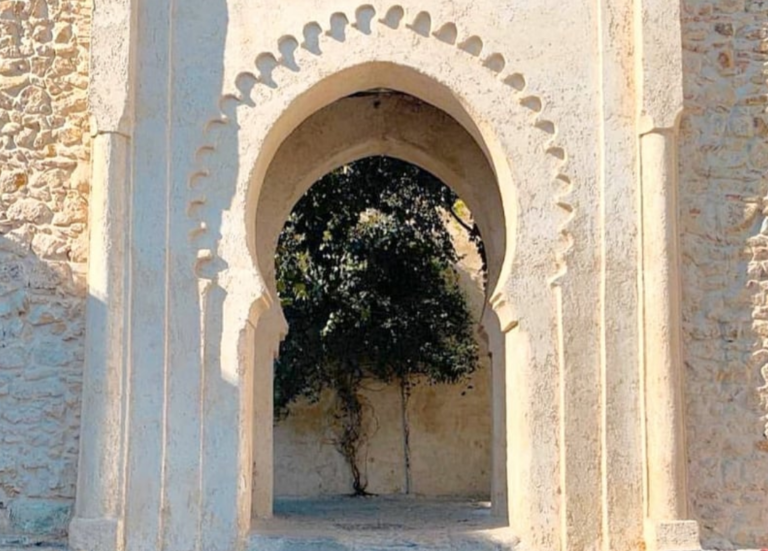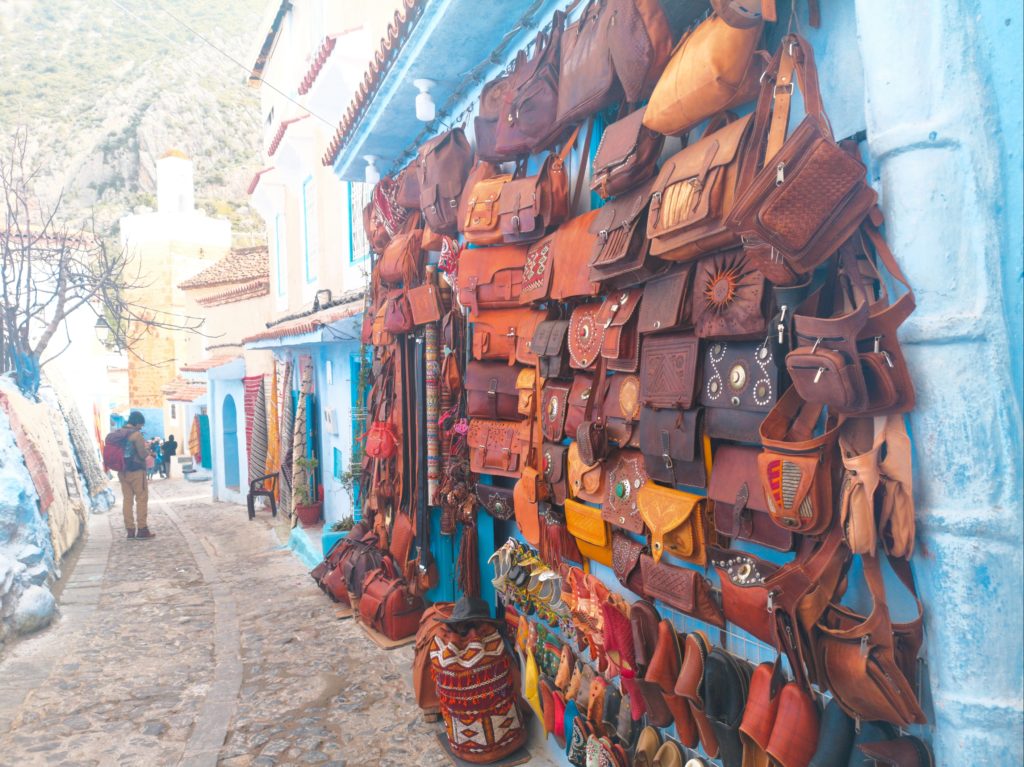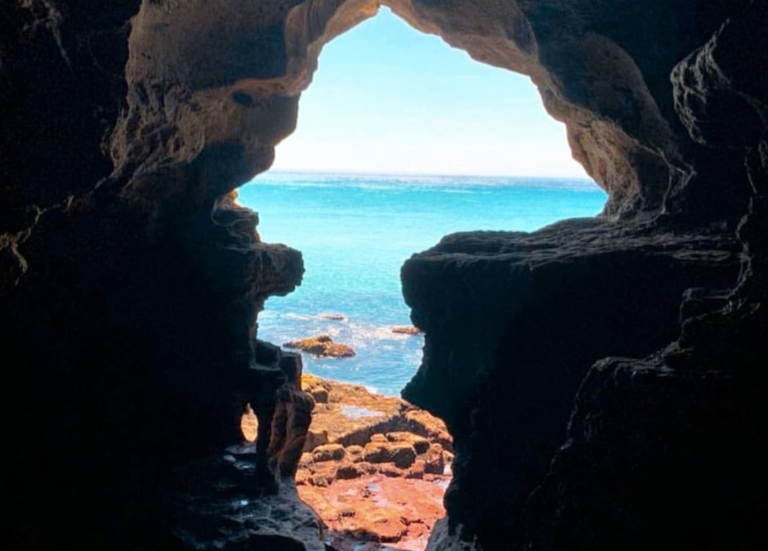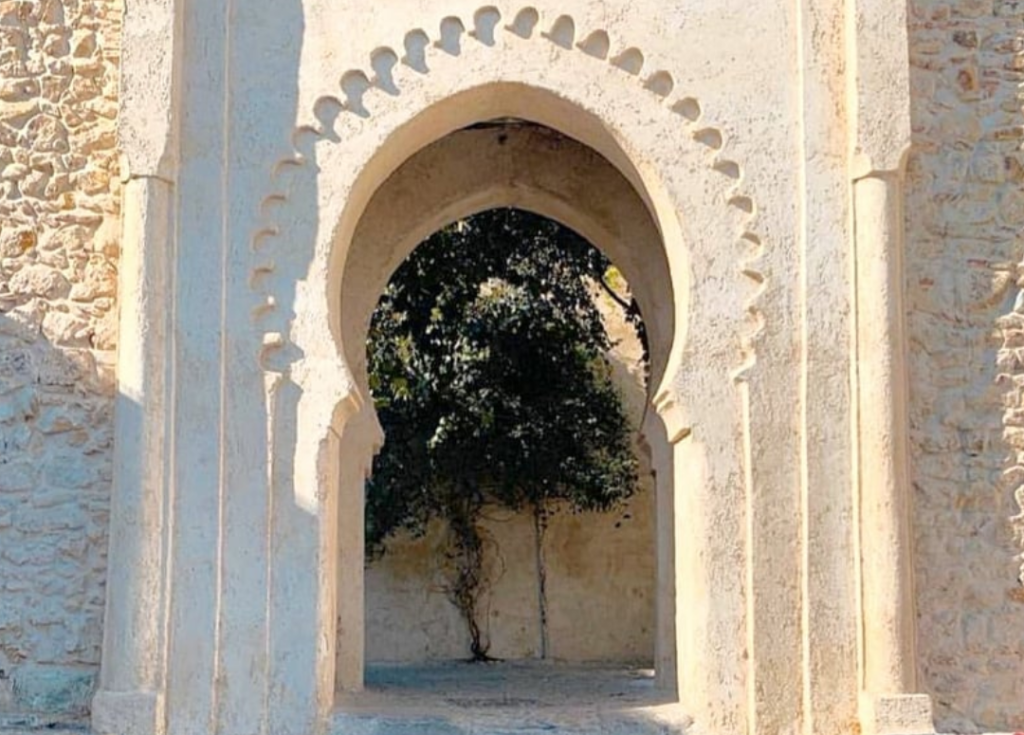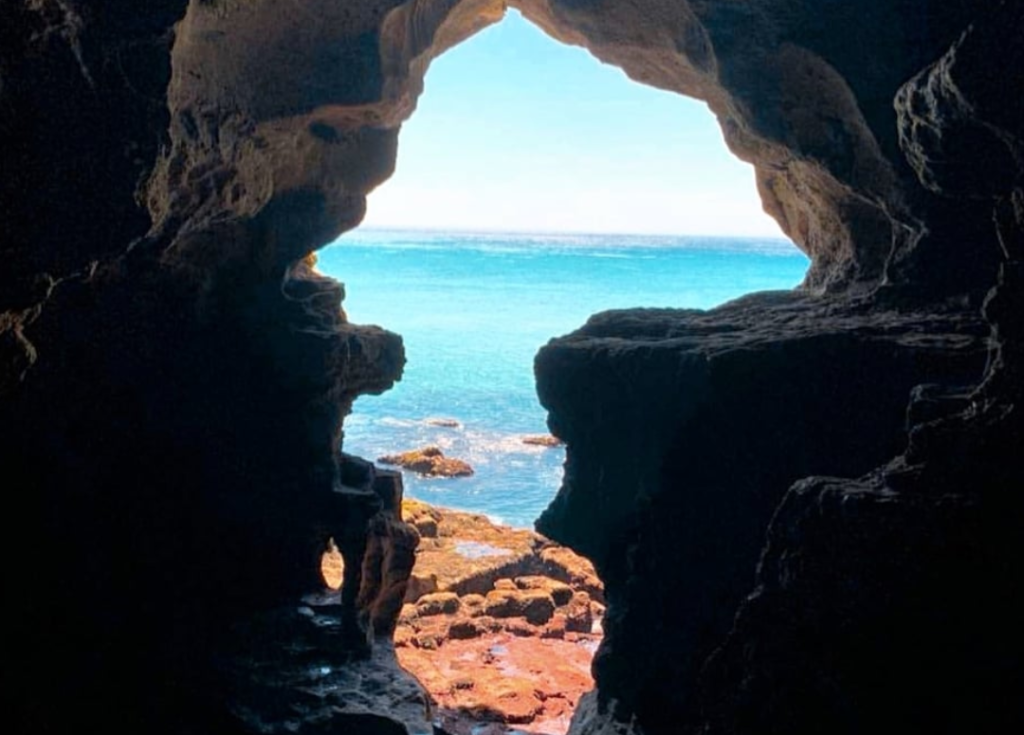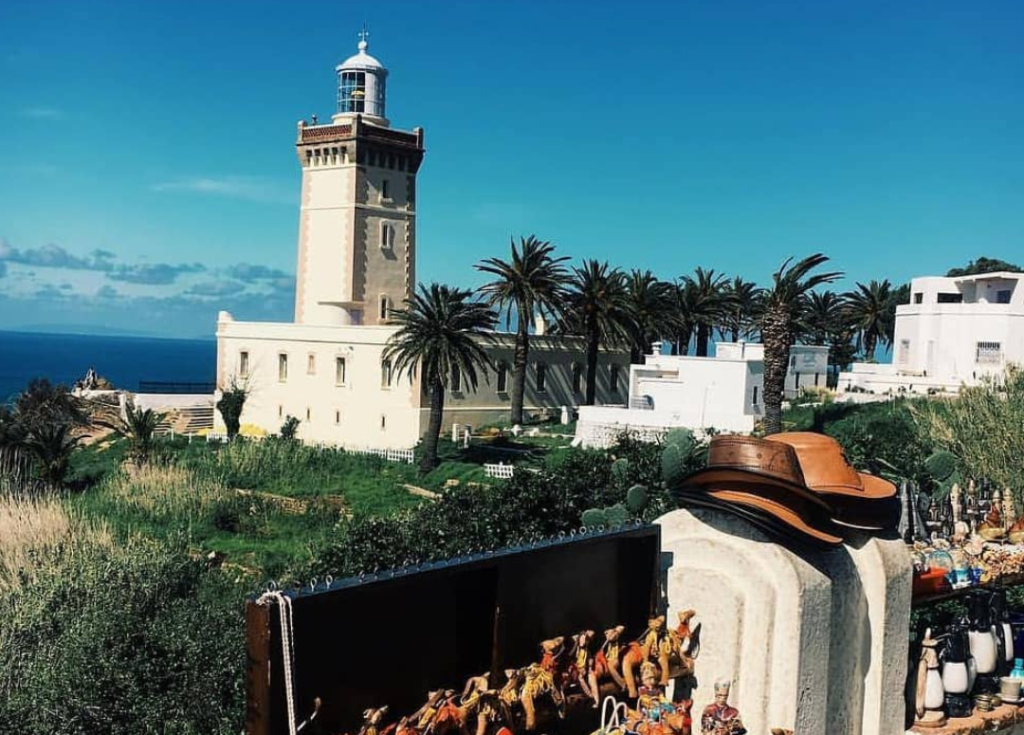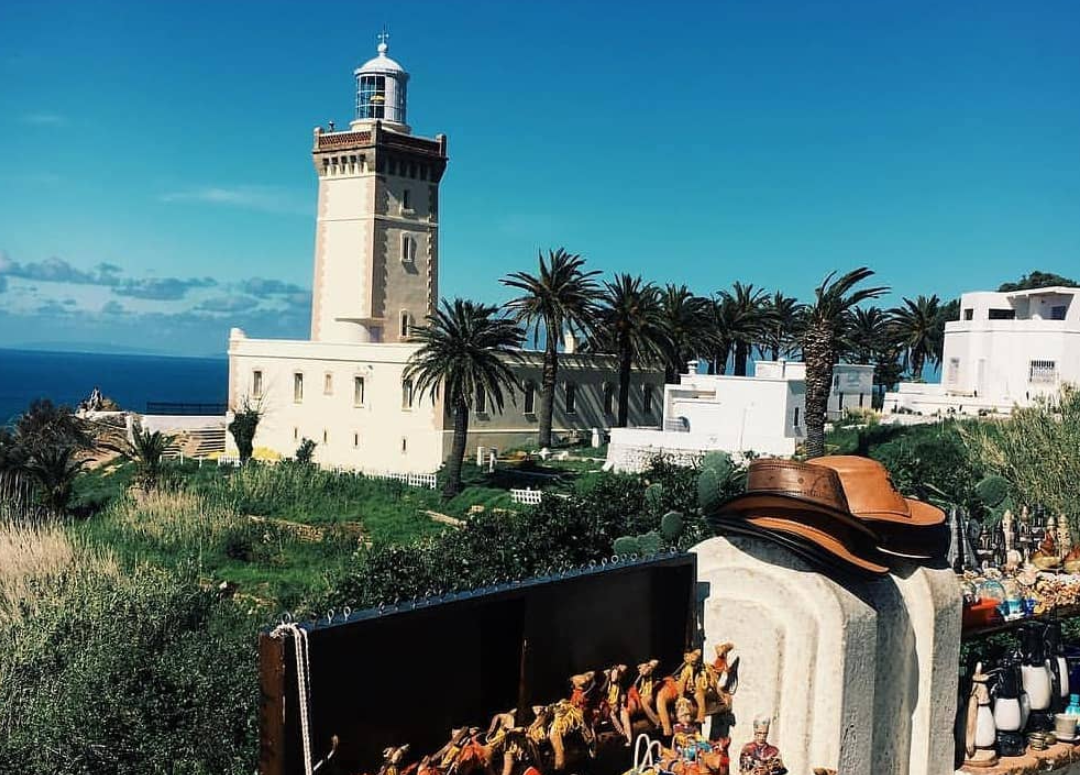The best museums in Tangier, Morocco
If you are in the city of Tangier or you are interested in visiting this beautiful city, here are the best museums to visit in the city of Tangier.
The Kasbah Museum of Mediterranean Cultures
The Kasbah Museum of Mediterranean Cultures is an important heritage of the Mediterranean region.
This museum is one of the oldest cultural institutions that interprets and preserves the richness and diversity of the Mediterranean region. It is located in the heart of the historic Kasbah of Tangier.
The Kasbah Palace known as ”DAR AL Makhzen” Thanks to its strategic position, the site was used by the Carthaginians and the Romans.
During the first period of Muslim occupation, historical sources document a first governor who used the Kasbah as his residence in the 12th century.
Later, the palace became the residence of the Portuguese governors (Dorons prefecti) between 1471 and 1661, and then the palace became known as the largest upper castle which was the residence of the British governors from 1662 to 1684.
The Kasbah Palace was billed by Ahmed ben Ali Errifi, and it was turned into a museum in 1922.
About the architecture of the palace: the composition of the building, the Kasbah Palace can be placed in the category of ”Moroccan noble houses” because the palace contains : the open space inside the palace also a small fountain, the garden, and the distinction between private and public spaces, as well the style of decoration is typically Moroccan, zelij (pure Moroccan mosaic), wall architecture and wood architecture, the patio (open space in the side of the Kasbah palace) are made of white marble indicating the European origin because as I told you the palace was the residence of many governors (Portuguese, British governors)
THE ROOMS INSIDE THE MUSEUM:
- From the first hunters to the first farmers
- The pre-Roman era
- Romanization
- Islamization
- The great dynasties
- The site of Qser Sghir
- The Portuguese occupation and the liberation of the Alawites
- Tangier, Palace of exchanges
- Religion and funeral rites
Borj En-Naâm: the exhibition space of the memory of Ibn Battouta
“This exhibition space is dedicated to the memory of Ibn Battouta, this great traveler who crisscrossed the world, and through him we also tell the story of Morocco.
I am sure that everyone knows the Italian traveler Christopher Columbus who left to cross the Atlantic Ocean to reach Asia but he discovered a continent still unknown to Europeans which is in fact the American continent.
Before Christopher Columbus there was a traveler who crossed half the world, his name is Ibn Batouta was born in Tangier in 1304, he left his hometown Tangier in 1325 to make the pilgrimage to Mecca and returned only after 29 years of adventures in these 29 years he visited many places that correspond to 44 countries today, traveled more than 120,000 kilometers between 1325 and 1349, having crossed North Africa, Egypt, Palestine, Syria, Medina and Mecca, Iraq and Persia, South Arabia, Yemen and East Africa, Asia Minor and Constantinople, South Russia and Central Asia, Muslim India, the Maldives and Ceylon, Sumatra and China
After a brief stay in Tangier (1346), he returned to Andalusia (Granada) and traveled to the kingdom of Morocco, the Sahara and West Africa.
In 1369, Ibn Batouta died in Tangier where his tomb still stands, leaving behind him the account of his great journey which is today in Borj En-Naâm: the exhibition space of the memory of Ibn Battouta, his book is called ”Rihlat” Ibn Batouta, which means the journey of Ibn Batouta.
The American Legation Museum
The American Legation Museum is housed in the former American Embassy, established in Tangier in 1777, when Morocco became the first country to recognize the United States of America as a sovereign nation.
It is the first American public property outside the United States and commemorates the historic cultural and diplomatic relationship between the United States and the Kingdom of Morocco, which is very old as it dates back to the late 18th century.
It is now officially called the Tangier American Legation Institute for Moroccan Studies and houses a cultural center, museum, and research library, focusing on Arabic language studies.
The museum also houses an art collection and beautifully restored rooms.
The Museum of Contemporary Art
the former prison of the Kasbah which is now a museum of contemporary art.
The museum of contemporary art is located in the old prison of the Kasbah, the Museum of the Kasbah, space of contemporary art is a living place of meetings, exchanges and sharing and will present a cultural program and exhibitions related to the northern region.
This exhibition reflects this cultural mix and offers a rereading of the artistic specificities of this region.
If you want to visit these muses and discover the city of Tangier I propose you a private guided tour. Contact us for more information!
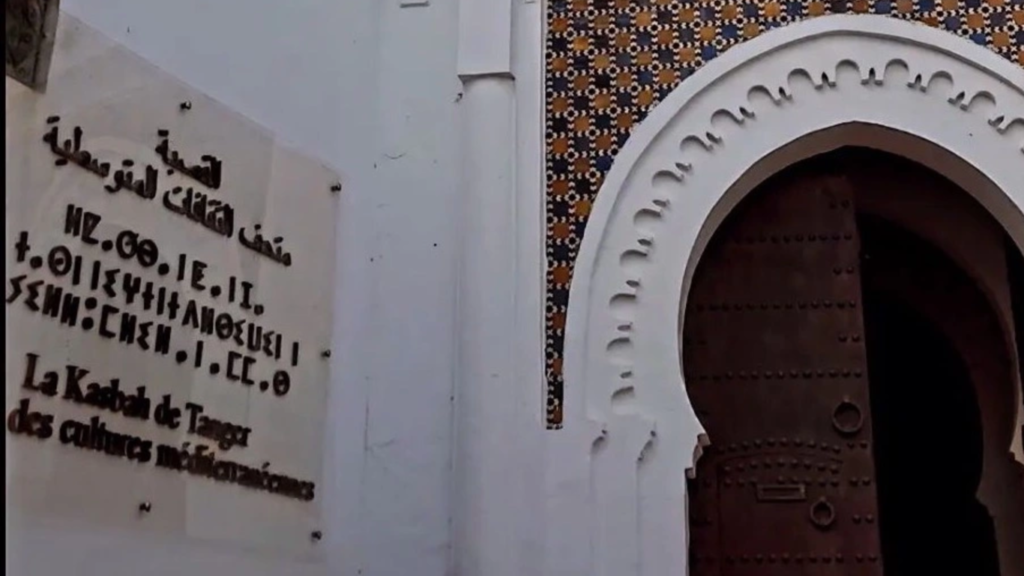
Related articles
Book your tour with Achraf Benamar
The comfort, nature, culture, traditions, gastronomy and charm of Morocco is here dear customers!
I can’t wait to meet you!
The best museums in Tangier, Morocco Read More »

